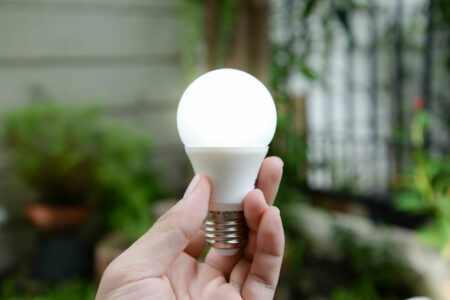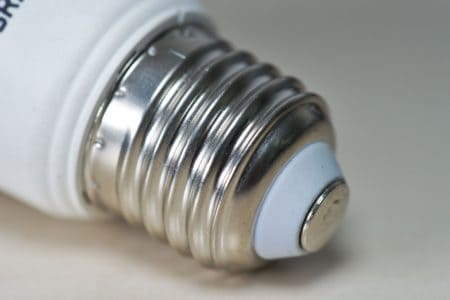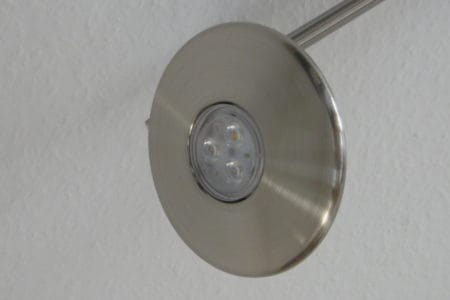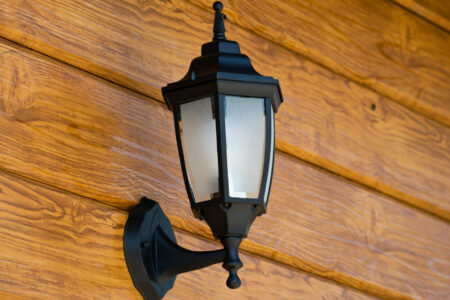If you want to replace a broken light bulb there are many different options available. Compact fluorescent bulbs (CFL) are one of these options. If you’re unfamiliar with what a CFL bulb is, this article will break it down for you!
What Is a CFL Light Bulb and How Does It Work?
CFL stands for compact fluorescent lamp. It’s essentially a type of light bulb that uses approximately 75% less energy than a standard incandescent bulb. Not only that, but CFL light bulbs are a great way to reduce energy costs!
They’re more efficient and more environmentally friendly. On top of that, they last longer than your average incandescent bulb.
These eco-friendly bulbs use a tube filled with mercury and argon gas. This gas then emits ultraviolet light when electricity passes through it. The UV energy excites the atoms in the phosphor coating on the inside of the bulb to emit visible light.
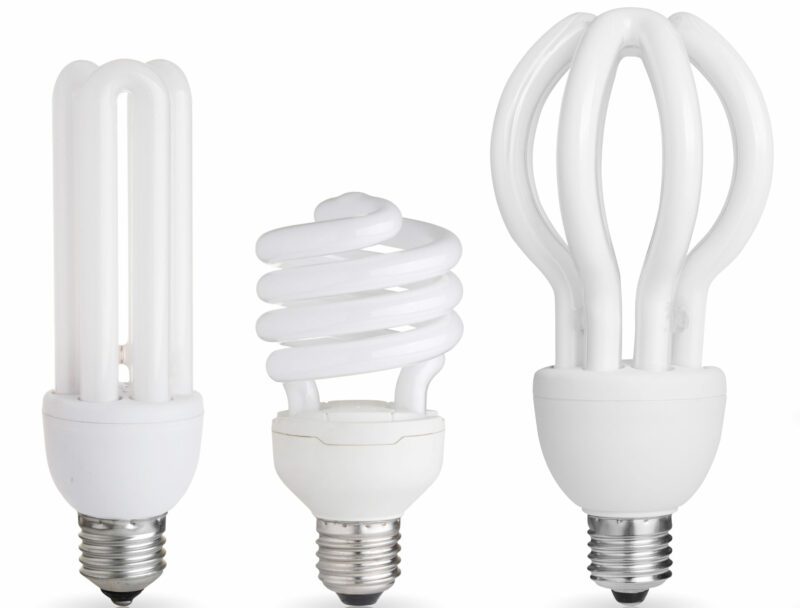
A CFL consists of two main parts: a tube and a ballast. The transparent glass tube contains argon gas. It also has a spiral-shaped wire filament inside. When you turn on the CFL, electricity flows through this wire to heat it until it glows. (Similar to the filament of an incandescent lamp)
Furthermore, CFLs come in a wide range of shapes, sizes, and color temperatures. It’s safe to say that you can find one that fits your needs perfectly! The most common shape is the twisty-tube style, which looks like a traditional incandescent bulb.
Yet, it has a circular base instead of a long neck. You’ll also see square fluorescents (T8) and long tube fluorescents (T12).
What Are CFL Light Bulbs Used For?
You can see CFL light bulbs used for general lighting in homes, offices, schools, hospitals, and retail stores. These guys have a much wider range of applications than incandescent lights.
However, their small size makes them better for residential use. For example, they work well in ceiling lights, table lamps, and sconces.
CFL Color Temperatures
Beyond the differences in shape, CFLs are available in different color temperatures. They range from warm white to cool white to daylight quality. The color temperature indicates how warm or cool the light seems.
The Kelvin scale is used to determine a light bulb’s color temperature (K). The greater the Kelvin level, the whiter the light. That said, here are some examples of CFL color temperatures:
- 2700 – 3500K CFL
CFL bulbs ranging from 2700K to 3500K are similar to incandescent light bulbs. They produce a warm, yellowish light that can help you relax at night before bedtime. It can also provide a cozy atmosphere when reading on your couch.
A 4100K CFL bulb has a slightly cooler tint than an incandescent bulb. It provides a bright, white light for tasks like working or doing schoolwork.
A 6500K bulb provides brighter illumination than both standard and daylight bulbs. It’s ideal for kitchens where you want to be able to see everything without straining your eyesight. Plus, it makes food look extra appetizing!
CFL vs Incandescent Light Bulbs
A common question asked by homeowners is which light bulb is better: CFL or incandescent? The answer depends on how you use the light and how much you can afford to spend. Both of these options have advantages and disadvantages. Let’s take a look!
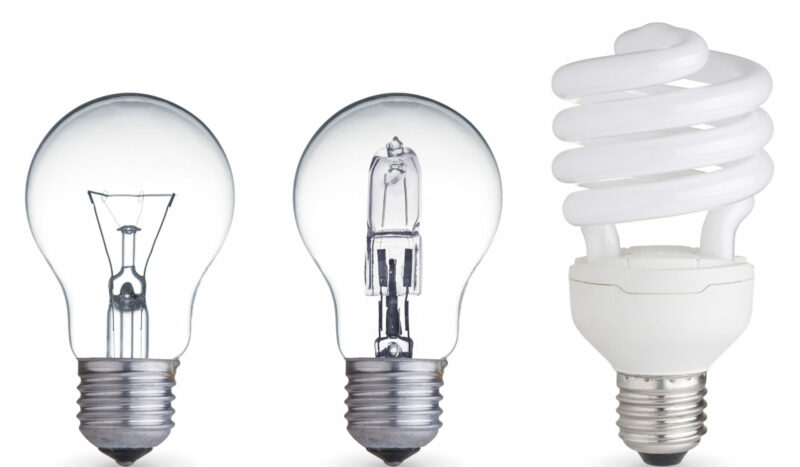
Longevity
CFL bulbs typically last 10 times longer than incandescent light bulbs. For example, incandescent light bulbs usually last from 750 to 1,200 hours. CFL bulbs, on the other hand, can last up to 10,000 hours!
Efficiency
A CFL light bulb uses around 75% less energy than a traditional incandescent light bulb. In addition, a CFL only consumes one-fifth as much power to provide the same amount of light.
All in all, CFLs are more efficient than incandescent lights. This is because they give off more light per unit of electrical power consumed: about 45- 60 lumens per watt. It’s not just the amount of energy that matters, but also how efficiently it’s used!
Cost
The initial cost of a CFL bulb is higher than that of an incandescent bulb. However, you can save money over time by using less electricity and getting more use out of each bulb.
The reason CFL bulbs cost more is that they’re made with more material than incandescent bulbs. Therefore, they’re typically more expensive to produce at first. But as you use less energy and avoid having to replace light bulbs as frequently, the cost savings will add up!
CFL vs LED Light Bulbs
When it comes to choosing a replacement for incandescent lights, CFL and LED light bulbs are two of the most popular choices. Both have their advantages and disadvantages, but when it comes down to it, which one is the best choice for you?
Efficiency
LED lights consume significantly less energy than CFL and incandescent bulbs. They’re without a doubt the most energy-efficient and eco-friendly option. When CFLs first came out, they were praised for their 25%–35% energy savings over incandescent lights.
LED bulbs surely raised the bar after that. In terms of efficiency, LED lights easily outperform CFL bulbs. This is because they save 75% more energy!
Cost
As you have probably noticed, CFLs are cheaper than LEDs. In actuality, one of the main reasons people use CFLs is because they don’t cost as much to operate over time. A pack of six LED bulbs costs between $5 to $10 more than a pack of six CFL lights.
Longevity
While the initial cost of LED lights is significantly higher, they’re going to save you a ton of money in the long run. This is because the same pack of LEDs we previously mentioned will last roughly eight times longer than the CFL fluorescents.
LEDs typically last for up to 25,000 hours or even more. CFL and incandescent bulbs have lifespans of 8,000 and 1,200 hours. This means LEDs easily outlive CFL and incandescent bulbs.
Not to mention that you won’t have to replace them as frequently as you would with CFLs. When you think about it, LED lights are almost like an investment!

